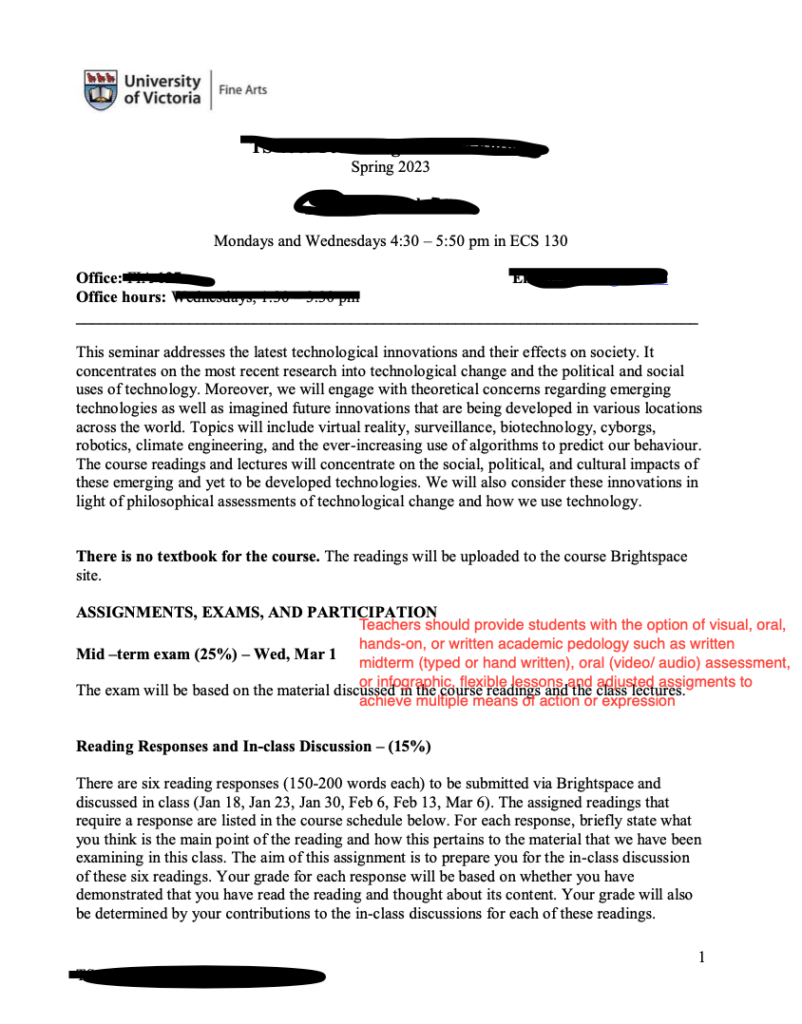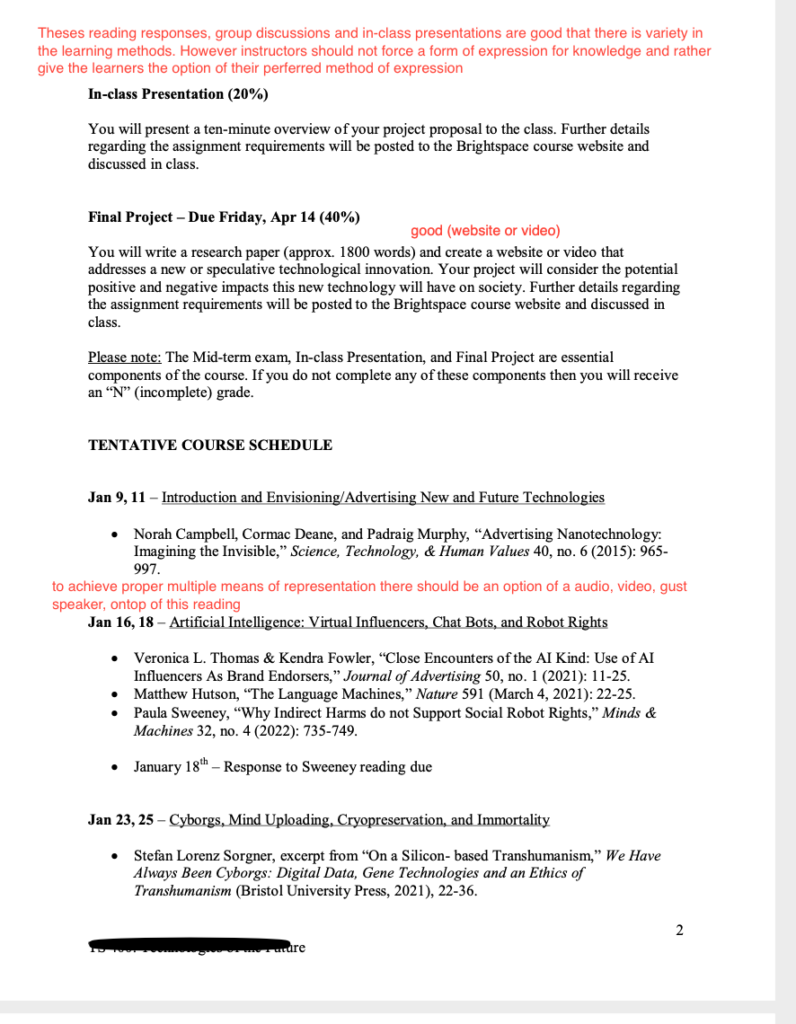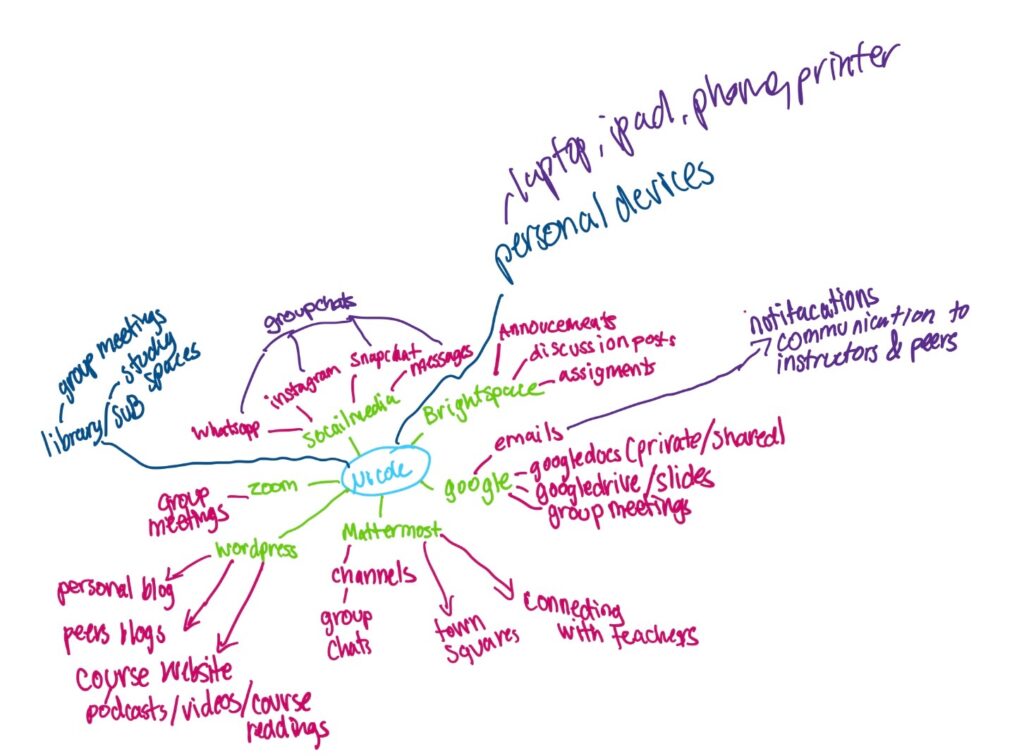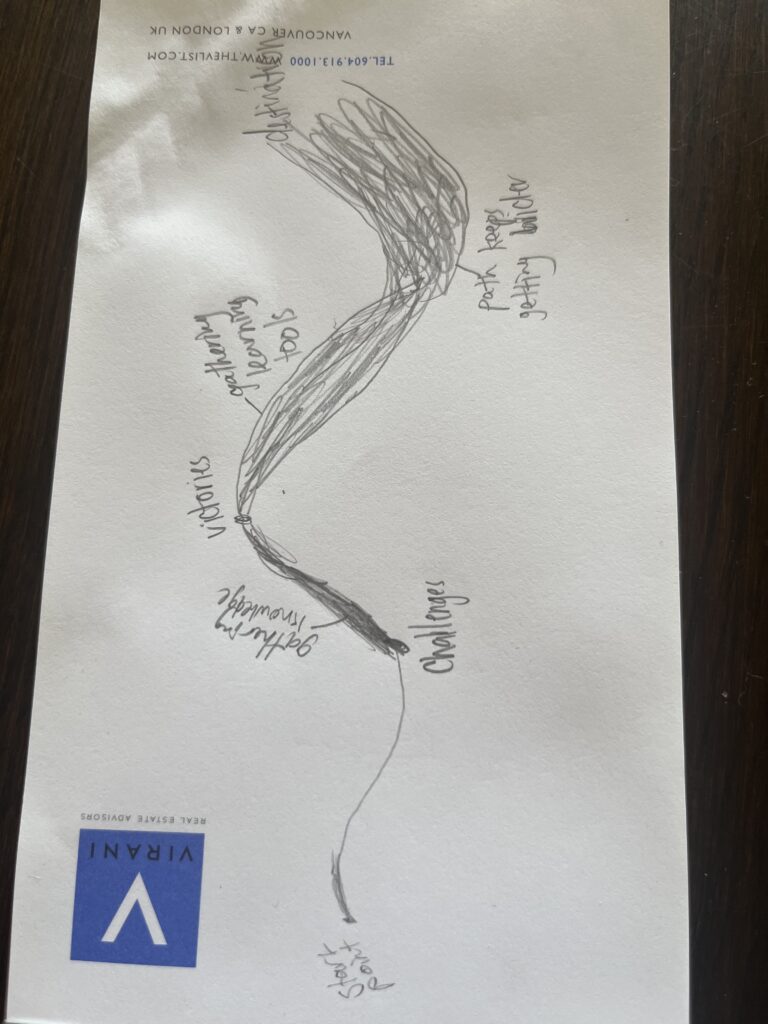

Universal Design for Learning (UDL) is an educational framework consisting of three interrelated components: principles, guidelines, and checkpoints. It aims to enhance learning opportunities for all students, regardless of their diverse abilities, backgrounds, or learning styles, thereby ensuring equitable and inclusive experiences. Grounded in research from the learning sciences and cognitive neuroscience, the UDL framework promotes the creation of adaptable learning environments and instructional materials. By embracing UDL, educators foster inclusivity and equity in the learning environment, working towards dismantling learning barriers and providing every student with an equal chance to succeed within an inclusive classroom.
Multiple Means of Representation: The initial UDL pillar emphasizes offering learners various avenues of visual, auditory, and kinesthetic instruction, information, and materials. This approach caters to diverse learning preferences and abilities, enabling students to access information in ways that suit their individual needs most effectively.
Multiple Means of Engagement: The second principle advocates for diverse, alternative, and motivating methods through which students can present, communicate, and develop their new knowledge, skills, and abilities. Incorporating interactive discussions, group activities, and hands-on experiences allows educators to provide opportunities that align with students’ strengths and learning preferences, facilitating engagement in the learning process.
Multiple Means of Expression: The third pillar underscores the importance of affording students various interactive methods of demonstrating their comprehension and knowledge at different levels of difficulty. Educators can offer options such as written assignments, presentations, multimedia projects, or creative assessments to foster engagement and challenge self-efficacy, enabling learners to identify their preferred modes of engagement.
A primary objective of mine for this course was to delve deeply into Module 3’s Learning Activity on Universal Design for Learning (UDL), a concept that resonates with my goals. Participating in this activity aligns seamlessly with my aims, as it offers a practical illustration of how instructors can incorporate the UDL approach into their curriculum. I firmly believe that adopting these modifications can significantly influence students’ responses, engagement, interpretation, understanding, and expression of course material, ultimately enabling them to realize their full potential as learners. UDL stands out to me as an exceptionally effective and valuable strategy, and I am enthusiastic about integrating it into all my forthcoming courses. Delving into further research on UDL has proven to be a rewarding journey, and I eagerly anticipate continuing to explore its potential benefits.
Through actively engaging with an existing syllabus and recognizing its limitations concerning diverse means of engagement and expression, I gained a deep understanding of the importance of purposeful design in fostering inclusive education. Despite EDCI 339 being an online course, Professor Johnston effectively implements the UDL framework. Both the instructor and learners reap the rewards of using the UDL approach, as it offers the most effective teaching methods to achieve optimal outcomes.
“About UDL” from CAST http://udloncampus.cast.org/page/udl_about
Inclusive Design Research Centre. (n.d). What is inclusive design? Inclusive Design Research Centre. https://idrc.ocadu.ca/about/philosophy/
Meyer, Anne, et al. Universal Design for Learning: Theory and Practice. CAST Professional Publishing, an Imprint of CAST, Inc., 2014, UDL Theory Practice, retrieved from: udltheorypractice.cast.org/


Recent Comments